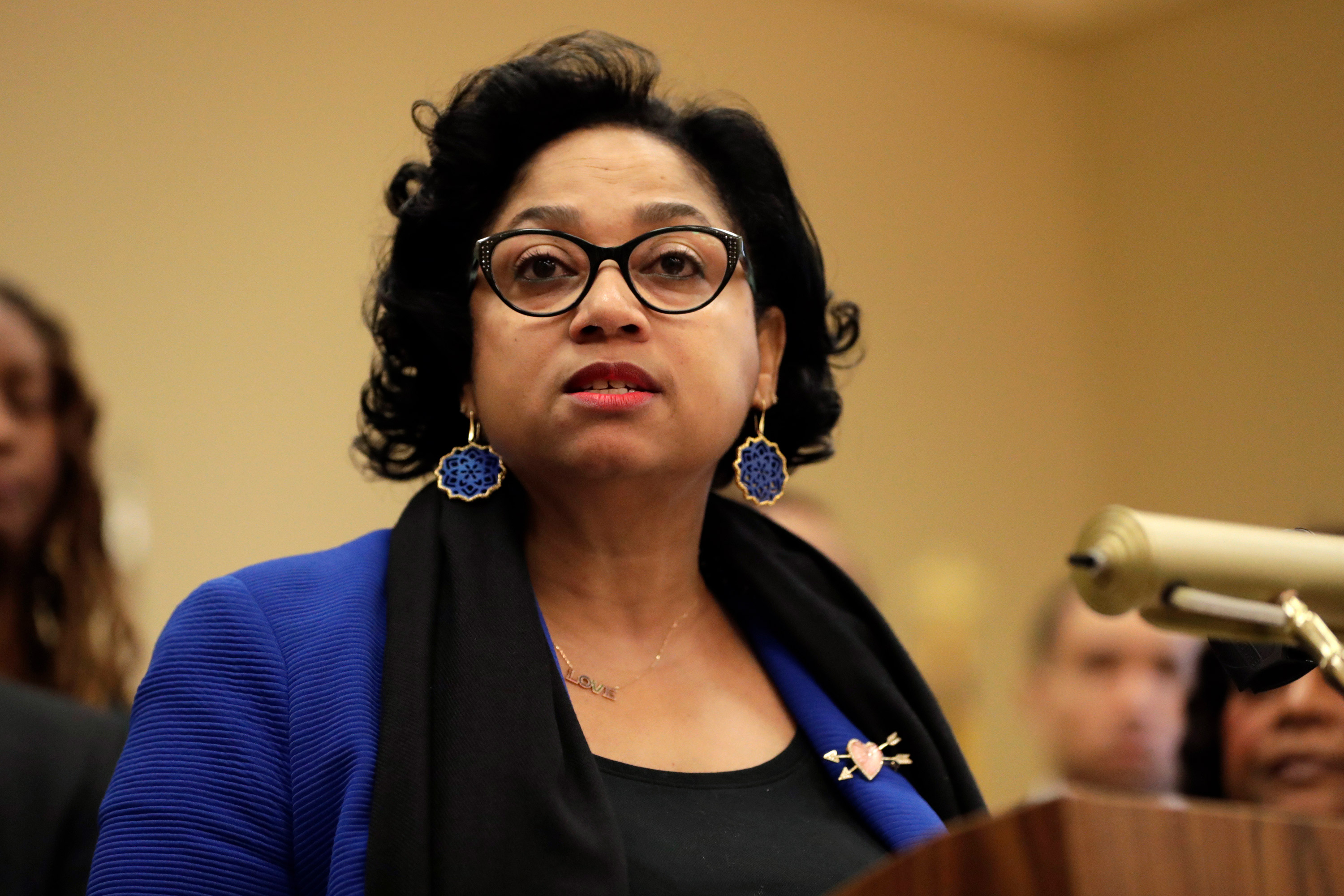Despite all the recent hype from anti-aging evangelists and companies touting ways to extend life, human life expectancy is actually slowing down after accelerating in the previous century.
In a paper published in Nature Aging, researchers led by S. Jay Olshansky, professor of public health at the University of Illinois in Chicago, report that factors that have contributed to remarkable extensions of life expectancy in the 20th century are reaching the point of diminishing returns. Public-health interventions such as clean water and better sanitation and hygiene, as well as medical innovations like vaccines and advances in drug and surgical treatments, are approaching their optimal impact. For human life expectancy to extend much further beyond where it exists today, says Olshansky, entirely new strategies that focus on manipulating the biological processes of aging need to occur. And we aren't there yet.
A brief history of human life extension
At the beginning of the 20th century, humans began living longer primarily thanks to factors that reduced deaths among children and those who were middle-aged—what Olshansky refers to as phase 1 of human life extension. These included basic sanitation practices and better understanding of disease and ways to prevent spread of infectious agents like bacteria and viruses. Governments also shouldered greater responsibility for protecting public health. Following the 1918 influenza pandemic, for example, the federal government took a more hands-on approach at slowing contagious diseases by advocating hygiene practices as well as isolation and containment.
Phase 2 continued in the middle of the century with medical advances against specific diseases such as heart problems and cancer. Vaccines against childhood diseases like measles and pertussis helped more children survive into adulthood. And advances in treating most illnesses have further extended life expectancy. In 1900, babies in the U.S. lived to about age 32—but by 2021, the average person lived to 71.
Read More: What to Know Before Buying a Hearing Aid
“We need to be grateful for what public health and medicine gave us and is still giving us, which is added survival time in the middle and now older ages,” says Olshansky. “The vast majority of people living beyond 60 are living on manufactured time—time created in phases 1 and 2 that enable us to live longer lives and enjoy life extension that our ancestors rarely had the opportunity to experience."
Anti-aging headwinds
But those interventions can only add so many years. That’s because they're occurring alongside opposing forces that are driving down life expectancy and increasing mortality, which include the rise of chronic diseases like obesity and lifestyle practices such as smoking. Then there's the immutable fact of biological aging itself. Despite all the gains in improving health, the body—our brains, bones, and muscles—and all of our systems continue to age; with chronic disease, they might even age more quickly. Back in 1990, “we predicted that this phenomenon of the limited lifespan hypothesis would play itself out at the beginning of the 21st century, and that the rise of life expectancy would start to slow down as the ability to manufacture time begins to wane,” Olshansky says.
Read More: The Man Who Thinks He Can Live Forever
And that’s where we find ourselves in 2024. Researchers continue to study the benefits of a healthy diet and exercise in not just extending life, but adding healthy years, as well as new ways to preserve or even reverse aging processes. But, says Olshansky, “We need to accept the new reality that there is a limit to how long we can live. We are getting medical Band-Aids in phase 2 that are yielding smaller and smaller gains in longevity.”
The new research
Olshansky and his team analyzed data spanning 1990 to 2019 from the eight countries with the highest life expectancy, as well as Hong Kong and the U.S. (The U.S. is not among the longest-lived populations.) They documented a slowing in the increase in life expectancy during that period—and the U.S. was among several countries whose life expectancy was actually lower at the end of any given decade than it was at the beginning of that decade. Olshansky attributes that decline to higher deaths among middle-aged groups, perhaps due to substance abuse, suicide, and, more recently, COVID-19. Disparities in access to health care also mean that “some are doing so poorly that they are pulling down the average [life expectancy] for the population,” he says.
In order to achieve the dramatic longevity that anti-aging proselytizers currently promise without evidence—like living to 100 and beyond by fasting or taking certain supplements—life expectancy would need to increase by about three years per decade. But even in most of the longest-lived populations, the rate of improvement has slowed to under 2.5 years annually, making the claims unrealistic and unattainable under current disease models. And in order for life expectancy for newborns to reach 110 years, about 70% of females would need to survive long enough to become centenarians; currently, only about 5% of women in the longest-lived countries are expected to reach that milestone.
That doesn’t mean humans won’t at some point be routinely living into their 100s, says Olshansky. But given current trends, and without substantially improved methods for manipulating the biological processes of aging, that won’t happen in this century. Despite the hype, no methods have proven to address and reverse aging. And those will be key to not only extending survival but ensuring that the added years are healthy ones and not plagued by frailty and disease.
“We got what we wanted—we got much longer lives," Olshansky says. "But we are starting to see a rise in dementia, sensory impairment, and things that we are not able to manipulate quite as effective as we would like."
The nest step is to "deal with the consequences of our success," he says. “Phase 3 should be focused on extending health span by going after aging itself and not just the diseases associated with it."


















 English (US) ·
English (US) ·